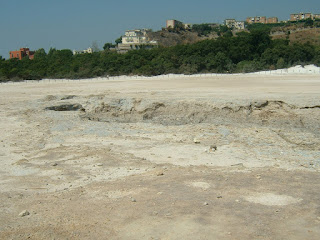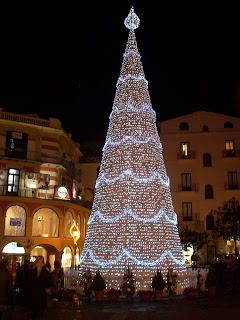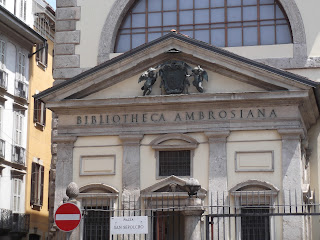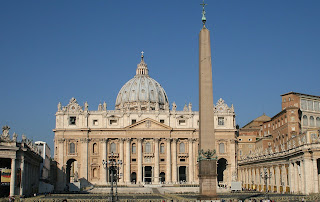The man who married Sophia Loren twice
 |
| Carlo Ponti started his career in film as a lawyer negotiating contracts |
He studied law at Milan University and, after joining his father’s law firm in Milan, became involved in the film business through negotiating contracts.
His production of Mario Soldati’s Piccolo Mondo Antico about the Italian struggle against the Austrian occupation was his first success in 1940. But he was briefly jailed for allegedly undermining relations with Nazi Germany.
He went on to produce many of the popular and financially successful films of the 1960s and 1970s, such as Vittorio de Sica's Marriage Italian Style, David Lean’s Doctor Zhivago and Michelangelo Antonioni’s Blowup.
But Ponti also became famous for his love affair and two marriages to the film star Sophia Loren, who was born Sofia Villani Scicolone in Pozzuoli near Naples.
 |
| Sophia Loren and Marcello Mastroianni in Marriage Italian Style, produced by Carlo Ponti |
He was already married but he obtained a Mexican divorce in order to marry Sophia, who was more than 20 years younger than him, as divorce was then forbidden in Italy.
But their first marriage was declared illegal and had to be annulled. The couple moved to France and became French citizens so that Ponti could again divorce his first wife. He married Sophia for the second time in France in 1966.
They had two sons and four grandchildren and remained together until Ponti’s death in Geneva in 2007.
Travel tip:
Magenta, the birthplace of Carlo Ponti, is a small town in Lombardy, about 30 minutes from Milan by train. It was the site of a battle in the Second War of Italian Independence in 1859. The colour of the uniforms worn by the French troops was later described as 'magenta' after the name of the town.
 |
| The volcanic landscape of Solfatara is an attraction for visitors to Loren's home town of Pozzuoli |
Travel tip:
Pozzuoli, the birthplace of Sophia Loren, is a town near Naples that has always been affected by underground volcanic activity. The amount of tremors and seismic activity in the 1980s caused thousands of people to leave. There are many Greek and Roman remains to see there and Pozzuoli's Solfatara, a volcanic crater, became such a popular tourist sight that it was once a stop on the Grand Tour.
Home
















